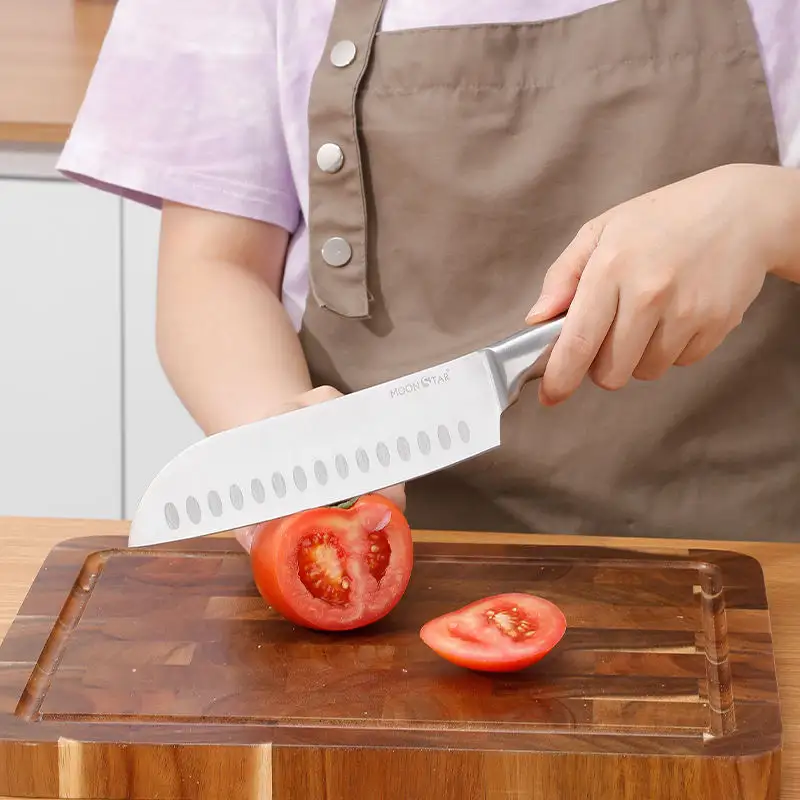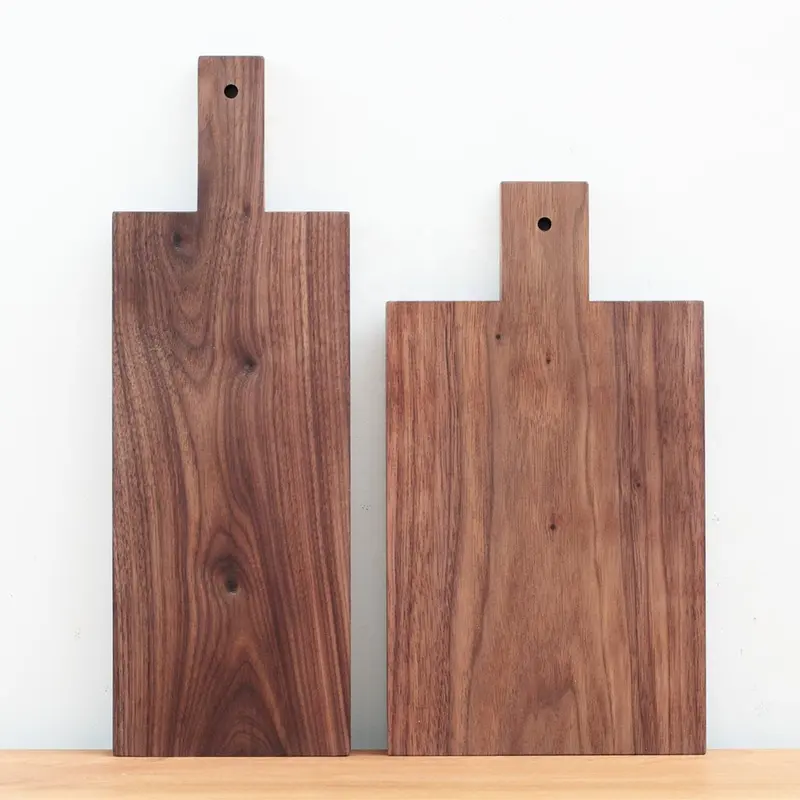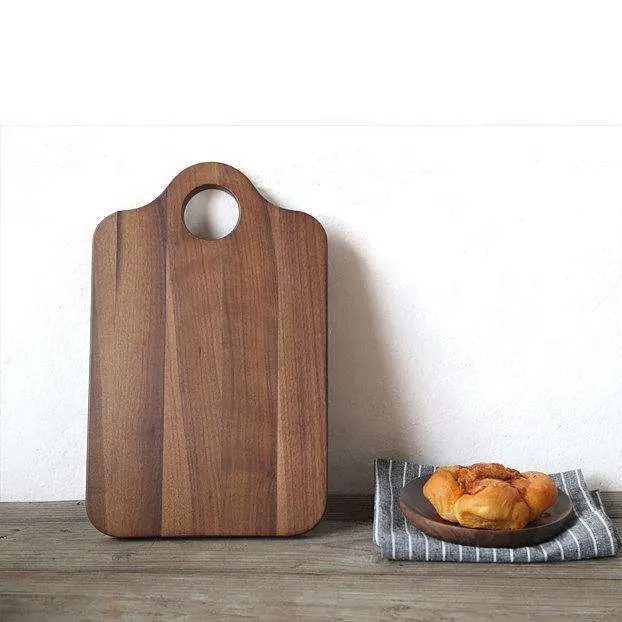The choice between bamboo and wood cutting boards depends on various factors, including personal preferences, intended use, and maintenance considerations. Here are some key points to help you decide which type of cutting board is right for you:
Bamboo Cutting Boards:
- Sustainability:
- Pros: Bamboo is highly sustainable due to its rapid growth. It’s a renewable resource that can be harvested without causing long-term environmental impact.
- Cons: The environmental impact can vary depending on harvesting and manufacturing practices. Some bamboo cutting boards may undergo processes that affect their eco-friendly status.
- Durability:
- Pros: Bamboo cutting boards are durable and resilient. They provide a strong surface for chopping and can withstand regular use without showing signs of wear as quickly as some other materials.
- Cons: While durable, bamboo cutting boards may be more prone to surface damage, such as scratches and dents, compared to certain hardwoods.
- Knife-Friendly:
- Pros: Bamboo is gentle on knife blades, helping to maintain the sharpness of your knives over time. The surface provides a good balance between toughness and forgiveness.
- Cons: Some bamboo cutting boards may have a harder surface than others, and the quality can vary.
- Water Resistance:
- Pros: Bamboo has natural water-resistant properties, reducing the likelihood of warping or cracking when exposed to moisture.
- Cons: While resistant to water damage, extended exposure to excessive moisture can still affect bamboo over time.
- Antibacterial Properties:
- Pros: Bamboo possesses natural antibacterial properties, reducing the risk of bacterial growth on the cutting board.
- Cons: Like any cutting board, proper cleaning and maintenance are essential to ensure hygiene.
- Lightweight:
- Pros: Bamboo cutting boards are lightweight and easy to handle, providing convenience in the kitchen.
- Cons: Some users may prefer heavier boards for stability during chopping.
Wood Cutting Boards:
- Variety of Wood Types:
- Pros: Wood cutting boards come in various types, each with unique characteristics. Popular choices include maple, walnut, and cherry, each offering different aesthetics and hardness levels.
- Cons: The specific wood type can affect the price and maintenance requirements.
- Aesthetic Appeal:
- Pros: Wood cutting boards add warmth and a natural aesthetic to the kitchen. They come in various wood types, each with its unique grain pattern and color.
- Cons: The appearance of wood cutting boards can change over time with use and exposure to light.
- Durability:
- Pros: High-quality hardwoods like maple and walnut are durable and can withstand heavy use. They may show scratches over time, but these can be sanded out.
- Cons: Some hardwoods may require more maintenance to prevent drying out and cracking.
- Knife-Friendly:
- Pros: Wood cutting boards are generally knife-friendly, providing a surface that is gentle on knife blades.
- Cons: Certain hardwoods may be harder on knives than others. Regular maintenance, such as sanding and oiling, is necessary to keep the board in good condition.
- Maintenance:
- Pros: Wood cutting boards require regular oiling to keep the wood nourished and prevent it from drying out. However, maintenance is relatively straightforward.
- Cons: Neglecting maintenance can lead to issues such as drying out, warping, or cracking.
- Weight:
- Pros: Wood cutting boards can be heavier than bamboo, providing stability during chopping.
- Cons: The weight may be a consideration for those who prefer lighter boards.
Conclusion:
- For Sustainability and Rapid Growth:
- Choose: Bamboo
- For Versatility, Aesthetic Appeal, and Variety:
- Choose: Wood (Maple, Walnut, Cherry, etc.)
- For Durability and Knife-Friendly Surface:
- Both: Bamboo and Wood
- For Low Maintenance:
- Depends: Both require regular maintenance, but the specific requirements can vary.
Consider your priorities, preferences, and intended use when making the choice between bamboo and wood cutting boards. Both materials have their merits, and the right choice ultimately depends on your individual needs and values.



